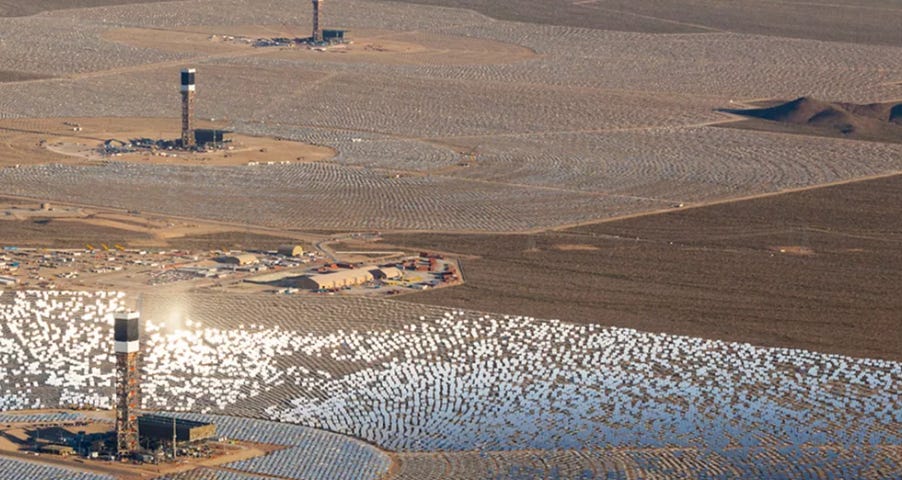This week’s article is a bit different. Rather than feature a company, we’re going to do a shallow dive into solar energy.
Harnessing the Sun’s Power
Burning fossil fuels is still the primary way Americans get their electricity, with solar making up only 3.9% of electricity generation. However, the rise in solar demand is increasing due to a decline in cost, an increase in competition, the potential for lower utility bills, and mandates by the government. Solar projects range from retrofits on existing roofs to large-scale farms built on land (or even water!). Solar implementation is a large part of reducing carbon emissions, and local governments are requiring adoption for existing and new projects. For example, NYC recently passed a law that will require all public buildings to employ solar by 2025.
How can people take advantage of the sun?
We’ve all seen solar panels on roofs. That’s because it’s one of the most common applications for individual consumers. Older roofs likely can’t support the weight of panels, so owners may have to put in extra capital to upgrade their structure. Going this route makes homeowners nervous. There’s a high upfront cost, their home becomes a temporary construction zone, and solar changes the aesthetic of the house. Luckily, government incentives help alleviate the financials, and suppliers, like the Tesla Solar Roof or Timberline Solar from GAF Energy, are coming up with aesthetically pleasing solutions to the aesthetics concern.
Owning solar panels allows homeowners to self-manage and potentially go off the grid. But not everyone is up for that hassle. There is another option - community solar farms. Depending on one’s location, homeowners may buy into a solar subscription plan from a remote solar farm.
The counterpart to the ubiquitous solar panel is a multi-acre solar thermal farm. I’ve driven from Vegas to California numerous times. It’s jarring to see a nearly endless field of mirrors reflecting sunlight onto super-tall towers. The towers convert the heat energy into mechanical energy to generic electricity for customers. Such farms look foreign in the natural desert landscape. But they are becoming the norm and supplying hundreds of thousands of people with electricity.
Some Cool Companies in the Sun Space
PearlX: PearlX leases unused space on multi-family properties for solar power and storage. They build, manage, and operate the infrastructure and allow tenants at the development to purchase into their electricity program. All owners have to do is sign a term sheet and forego their unused space for a monthly payment from PearlX.
Energy Sage: Energy Sage is a green energy marketplace with a large network of vetted contractors. They also have a neat search function for those looking to opt into a community solar program instead.
Glow Energy: Glow Energy is a software platform that works with owners to supply clean energy to their renters.
And one of my personal favorite discoveries is Yellow. Yellow is a startup based in Africa. They are a pay as you go model and have brought solar to almost half a million households in Africa. They primarily focus on bringing low voltage electricity - just enough to get access to the internet, which many households still don’t have.
While it’s pretty cool that we can power our spaces with the sun, there are some downsides to this renewable resource. Sun isn’t in ample supply everywhere on the planet. It’s highly weather-dependent and doesn’t “work” at night. Next week, we’ll shallow dive into the world of wind power.







What a stellar post.. The writing is light and bright. After the breezy coverage next week, i would LOVE to hear/read your thoughts on battery/storage systems!